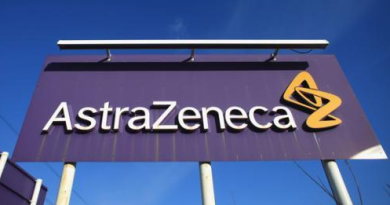African Digital commerce to grow 25% per year by 2026
Africa is quickly becoming a key player in the global digital commerce landscape, with an estimated 10 million new consumers expected in 2024. This growth is second only to Asia, according to the latest Beyond Borders report by EBANX. The rise of new consumer classes in Africa, Asia, and Latin America is driving future consumption trends, making up 70% of the 109 million people entering the consumer class globally this year. This shift will have significant implications for the growth of digital commerce, payments, and B2B transactions.
The African digital commerce are still in their early stages but are expanding rapidly. While developed countries see a 13% annual growth in digital commerce, Africa is experiencing a faster expansion rate of 25%, as reported by Payments and Commerce Market Intelligence (PCMI). By 2026, the digital commerce market in Africa is projected to reach a total value of US$72 billion, with top markets including Egypt, Kenya, Morocco, Nigeria, and South Africa. Over the next decade, Africa is expected to contribute more to consumer spending than Europe.
The digitization of African markets is transforming the region, with internet access forecasted to become nearly universal in some areas by 2028. Egypt, in particular, is expected to see a significant increase in internet penetration, reaching 98%. Despite these advancements, only 44% of African adults currently make online purchases, indicating a vast untapped potential for growth. Online retail is a dominant force in Africa’s digital commerce landscape, making up 58% of the digital volume in key countries like Egypt, Kenya, Morocco, Nigeria, and South Africa.
Africa leads the way in alternative payment methods (APMs) when compared to card payments. With limited access to traditional financial services, APMs have become increasingly popular in Africa to meet the growing demand. In fact, APMs account for 69% of the total value in digital commerce in Africa, while card payments make up the remaining 31%. Mobile money, in particular, holds a 5% share in Africa’s top economies, with Kenya being a standout example of its widespread usage and integration for instant payments. Despite cash still being the preferred payment method in Africa’s digital commerce, APMs are expected to gain more market share in the future. According to Wiza Jalakasi, Director of Africa Market Development at EBANX, alternative payment methods are driving financial inclusion and digital commerce across emerging markets like Africa, Latin America, and India.
The rise of digital marketplaces has also contributed to the surge in B2B payments. Currently, around 70% of worldwide B2B transactions are manual and lack seamless flows. However, this presents a significant opportunity, especially in rising markets such as Africa, Latin America, and Asia. B2B digital payments in these regions are growing at a rate of 14% annually, surpassing the global rate of 11%. By 2027, it is projected that these regions will account for 40% of the total value of B2B payments made online worldwide, according to Capgemini Research Institute.
B2B transactions are on the rise in Africa. In Kenya, 42% of businesses are engaging in online purchases, as reported by OECD and UNCTAD. The increase in these transactions is also attributed to the growth of B2B marketplaces in the region, with operations in countries such as Egypt, Morocco, Nigeria, Rwanda, Tanzania, and Uganda. These marketplaces are seen as a strategic solution to lower logistical costs and remove intermediaries. According to GSMA, these platforms are capable of handling bulk payments and deliveries, resulting in reduced effort and costs. Additionally, customer attrition on B2B platforms is significantly lower compared to B2C e-commerce, at around 40% versus 80%, indicating that B2B platforms are more effective in retaining their sellers.




